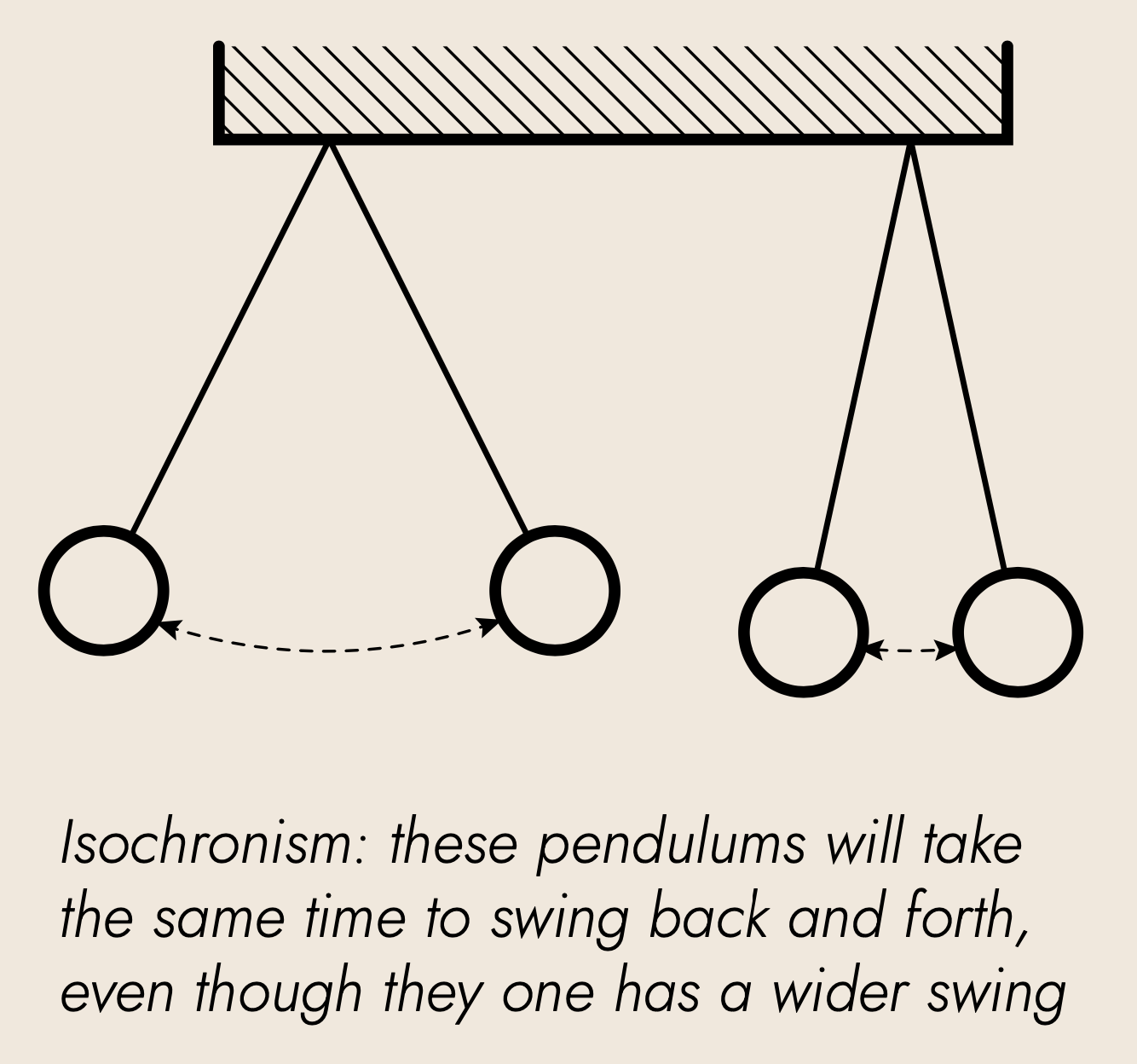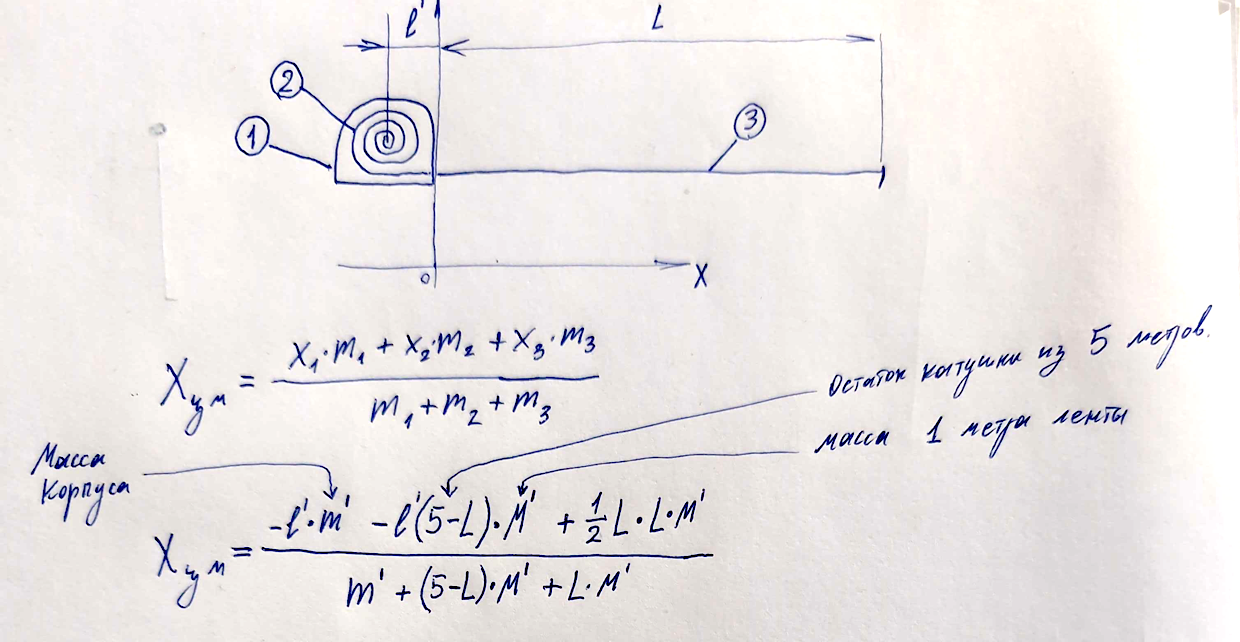How We Did It: The 4D Tape Measure
The world’s first tape measure that can measure both time and space. How did we think up this thing? And what did it take to make it real?
The Curiosity Box is full of upgrades! Ordinary things that we’ve taken to another level, making them cooler, more useful, and more informative - you know, more curious. Like the Light-Year Water Bottle (where else can you measure how much you drink in light years, calculated from the length of all the water molecules inside it?). The 4D tape measure is the newest of these groundbreaking products.
Most tape measures are good for measuring distance: you can use them to see how long a room is, or the width of a box you need to ship...things like that. The 4D tape measure can also measure time. Just like any normal kitchen timer! And we did it by creating a tape measure that is also a pendulum.
A pendulum timer works because of the principle of isochronism, which means that within a certain swing angle, the period (how long it takes to swing back and forth) is independent of amplitude (how widely it swings). That means you can tell exactly how long a pendulum of a certain length will take to make one swing back and forth, no matter how far somebody pulls it back before letting it go (for any swing under 60° to either size of the center - within 120°). So if you know the variables, then you can set a tape measure so a certain length (say, 26 cm) will make the pendulum swing at a specific time (say, one second).
Coming up with the idea wasn't the hard part. Making it work? That took weeks of experiments, equations, and redesigns. From figuring out the center of mass to engineering a custom hook, this little gadget went through a full physics workout before it earned its name. The final result: a tool that measures up to 5 meters in space and 3.5 seconds in time.
Challenge 1: Getting the Center of Mass Right
Here’s the tricky part: when you extend the tape, its center of mass shifts—and not in a simple, predictable way. The total center of mass doesn’t increase evenly with length, which makes timing its swing a challenge. To solve that, we broke the tape measure into every single part, calculated the center of mass for each piece, and combined them into one master quadratic equation that predicts how it swings at any length.
Then we put the math to the test—literally. We made a prototype, then hung it, swung it, measured at two distances per test, and tweaked over 30 parameters until the numbers on the tape matched the motion:
Challenge 2: Making It Swing Smoothly
Next problem: how it swings. If the contact point isn’t a perfectly straight line, the tape starts to wobble in a second plane, which throws off the timing. And if the contact area isn’t stable, the tape slips after a few swings.
Our solution? A custom-designed hook, tested across dozens of shapes, with a soft silicone cap added to the tip for smooth, consistent motion.
Every product at the Curiosity Box has a story like this - months of development by a team of thinkers, engineers, designers, and product specialists (and sometimes a few spare physicists and chemists). Tireless calculations and iterations to make sure that everything works right, excites our customers, and inspires creativity.




